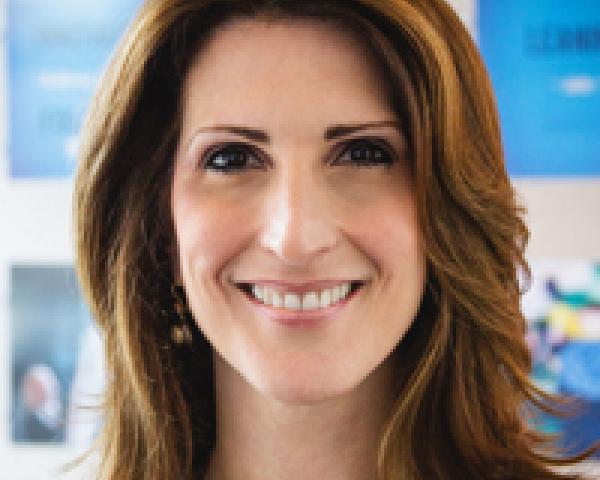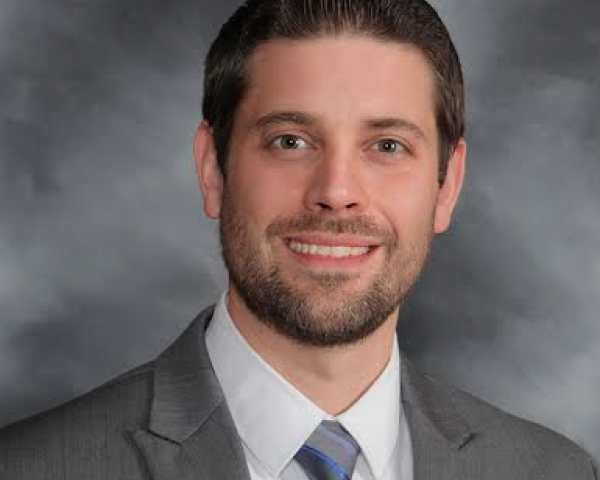As mobile messaging becomes an increasingly popular channel to gain instant access to information, several messaging platforms such as Facebook now allow businesses and brands to develop chatbots. These digital assistants simulate conversations with humans and can expedite customer service and sales.
Chatbots will play a particularly important role in the insurance industry as companies look for new ways to improve real-time service and customer communication. Pypestream’s development of a custom-built chatbot for LYNX Services, a subsidiary of Solera Holdings, and others in the insurance space is just the beginning of the trend.
See also: What Do Bots Mean for Insurance?
Creating a great customer experience and having a meaningful dialogue with customers is absolutely vital to the success of insurance brands today. In fact, it’s more important than ever.
Today’s Consumers Expect Better Service
These are the days of the conversational web, an experience economy where text-based communication drives personal and professional relationships. Beyond comments on social media, customers want to be able to message brands as they would their friends.
Often, this means bypassing the traditional pitfalls of customer service — long hold times, transfers between departments and delayed email responses. When we advise insurance companies and brokers on how to improve customer experience through mobile messaging and automation, we tailor our solution, i.e. “one size fits one!” This strategic approach to automation is important because it focuses on meeting the needs of the consumer first and the specific business challenges second.
Three Ways to Automate Open Enrollment With Chatbots
Open enrollment is a confusing, stressful time for many people. In addition, insurance companies get bombarded with questions from customers seeking basic information that can complicate and slow the process further. Here are three potential use cases highlighting how intelligent automation can streamline the open enrollment period to provide a better experience for both insurers and consumers:
- Handling mundane, repetitive questions: Simple requests such as making an addition to a policy, requesting an insurance certificate, filing and tracking a claim or asking questions related to current coverage can quickly be answered through a message stream by chatbots. There are only a finite number of questions customers ask of companies, so, by automating these questions and processes, insurance companies can drastically reduce operating costs and eliminate frustrating hold times for consumers.
- Identifying and assigning specific insurance plans: By engaging customers with a chatbot that guides them through the basic questions, insurance providers can send a plan that best aligns with a customer's needs and easily walk them through the enrollment process. Pypestream has developed a guided decision tree model that makes this process seamless. Using dynamic routing between chatbots, insurers can present customers with options within a message stream and move through processes with fast, one-click processing.
- Scaling personalization: Intelligent automation can also greatly benefit insurance carriers during open enrollment by allowing them to quickly recognize which plans or products have been commonly viewed or purchased. Then, this information can be applied to target similar audience segments or for personalizing marketing campaigns.
Beyond Open Enrollment: How Intelligent Automation Can Drive Customer Loyalty
And while we’re on the subject, why not leverage this technology to truly improve customer relationships and build loyalty? In addition to the open enrollment period, chatbots can be used effectively to push content and communication to customers year-round, in much the same way apps have been used up until now.
The real opportunity that chatbots present is providing a responsive, on-demand resource that allows consumers to engage with a brand any time, anywhere — enabling them to pull the necessary information whenever they need it.
See also: Want to Enhance Your Customer Experience?
Essentially, this shift involves making FAQs pages conversational. When customers continually inquire about the same questions — whether that be in relation to plan coverage, billing or account settings — mobile messaging is used to direct that consumer to resolution in a fast, efficient and intuitive manner.
A New Frontier for the Insurance Industry
In short, the combination of chatbots and intelligent automation can streamline customer service while providing a direct channel for wider customer communication. And, as the conversational web matures with new technology, we’ll see chatbots become smarter and more intuitive, elevating the experience and allowing for much easier access to information than ever before.
It’s an exciting time to be involved in the insurance industry, and the changes on the horizon will bring huge benefits to both providers and consumers.
Welcome to Insurance 2.0!






















